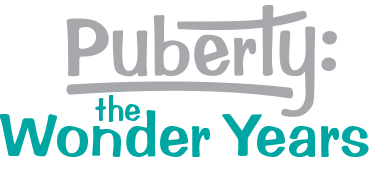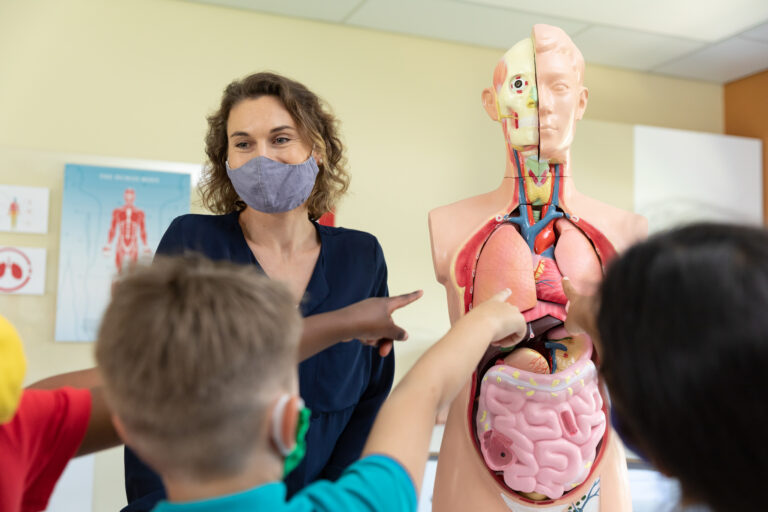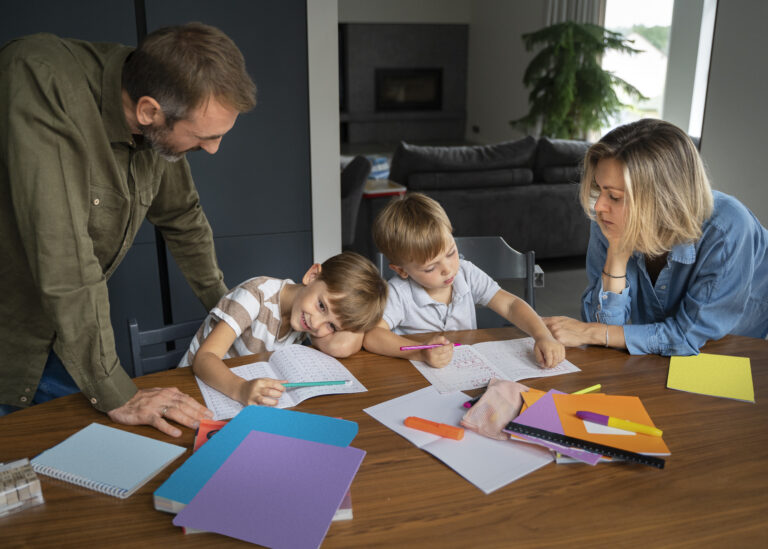Students with disabilities are less likely to receive sex education than students who do not have disabilities. Among students with disabilities who do receive formal sex education, accommodations and representation within lessons are often limited. Frequent exclusion from education and a lack of support in classrooms contribute to the risks and harmful beliefs that hurt the disability community. Some students with disabilities may have an Individualized Education Program (IEP) or 504 Plan to delineate disability-related accommodations that must be provided by law, but formal accommodations only extend so far, and disability experiences can be much more nuanced than legal definitions. While legal compliance is absolutely critical, laws are only a starting point for access and equity. As educators, following guidance on best practices for accessible and inclusive lessons fosters supportive environments for all students with a wide variety of needs.
Best Practices for an Accessible Learning Environment
Set up the learning environment to support success for all learners. Ensure that the entire room or building is accessible, so all people can easily navigate their way to bathrooms and get access to their personal belongings. Be aware that some students may use accessible furniture, adaptive devices, support people, or service animals. Noise levels, scents, room temperature, and lighting should all be monitored to ensure physical comfort in the space. Set expectations for the learning environment that support access. For example, expectations like “raise your hand before speaking” and “one speaker at a time” can help to focus attention to support students who are hard of hearing or have learning disabilities like ADHD/ADD. Plan how to support students who need to take breaks during lessons for movement, nutrition, hydration, or restroom needs. Do your best to be flexible with the timing for activities and allow extra time when needed. Tell students when and how to best communicate with you regarding any concerns and ask them for the best way to communicate with them. Allow breaks to support self-care if content becomes overwhelming or triggering for some students. Once the physical environment is ready, it’s time to focus on accessible and inclusive lessons.
Best Practices for Inclusive Lessons
Positive representation of disability is important in all aspects of life, but especially in sexuality and relationships spaces where people with disabilities are typically excluded. Include representation of people with a variety of disabilities in visual content and lesson prompts. Define terms clearly to facilitate understanding and modify examples in role play or story prompts to incorporate a variety of disabilities in different scenarios. Be mindful of lessons that should be expanded to support the needs of people with disabilities. Emphasize inclusive messages about the many ways in which people experience positive friendships, relationships, and sexuality. Make sure that students know what is and is not acceptable in relationships. With students who are either going through or past puberty, include information on sexually transmitted infections, pregnancy, and birth control. Expand messages about safety and respect to include the needs of students with disabilities. For example, when talking about respect for personal boundaries, include respect for disability-related supports, such as wheelchairs and service animals. Support students with disabilities to navigate different situations through self-advocacy and asking for help when needed.
Best Practices for Accessible Lessons
Educational frameworks and strategies, such as Universal Design for Learning and Differentiated Instruction, can help to set the groundwork for accessible lessons. Universal Design for Learning (UDL) encourages teachers to facilitate lessons to allow for multiple means of engagement, representation, action, and expression to eliminate unnecessary obstacles to learning. Differentiated instruction is an approach to teaching that tailors instruction to students’ different learning needs. When supporting students with specific disabilities, be mindful of the accessibility of all materials as well as modalities to ensure that students can engage well with lesson content*.
Accessibility tips in this post are based on the “Disability and Sex Education Accessibility Resource Guide” by Kintsugi Consulting, LLC.
| Printed Materials | Use plain language. Consider the accessibility of fonts, color schemes/contrasts. Consider accessibility in the layout and style Provide image descriptions as needed for visual content. |
| Video Content | Include audio descriptions and captions to facilitate access. Review videos in advance to ensure accuracy of captioning and/or transcripts. You may wish to provide students with transcripts or notes to avoid miscommunication of video content. |
| In-Person Games and Hands-on Activities | Give all instructions and take questions before starting independent or group work to limit distractions and the need to multitask, which could be difficult for some students. Provide instructions for each activity as clearly as possible through multiple methods (i.e. both verbal and text formats, and consider using images when possible). Hands-on elements should be selected with consideration for weight, shape, size and texture that can impact accessibility. Make sure that you can control the volume and/or background special effects as needed (lights and sounds, such as buzzers or flashing lights, may be a challenge for students with disabilities). When assigning group work, incorporate roles that utilize different skills (i.e. one person is a speaker, one person is a scribe) to allow students to adopt a role that best suits their personal strengths. Be aware of online tools and games as potential alternatives for movement-based activities, but also keep in mind potential technological barriers (i.e. tech access and literacy). |
| Web-Based Games and Activities | Check written and visual materials as well as any game or activity platforms for accessibility before use to ensure they are compatible with access needs and accessibility-related software (i.e. speech-to-text, text-to-speech, screen readers, etc.). Ensure that platforms contain appropriate user controls for navigation and multimedia content. |
| Condom Demonstrations | Latex allergy is a serious health concern. To make sure that there is no opportunity for someone to have an allergic reaction, make sure to have non-latex supplies available and stored separately from latex materials with multiple types of indicators (written instruction, a visual cue on the container or area, and something that has texture). Keep latex condoms in a closed container that has the words “LATEX CONDOMS” on it, as well as large red pom poms attached to the top of the container to ensure that any students with visual or reading disabilities can still be safe. Applying a condom correctly is a skill that takes time and practice. Be flexible with the amount of time for student practice and have extra condoms available for students who need multiple attempts. Recognize that some students may need assistance to open, apply and/or dispose of a condom correctly. Support students to identify ways to communicate with a partner regarding any assistance needs and/or to adapt their method for condom use safely. |
Education that recognizes different abilities and experiences, and follows best practice for accessible and inclusive lessons, allows people with disabilities to live safe, healthy, and happy lives in all ways.
This post is part 2 of a series on Disability and Sexuality written by guest blogger, Ashira Greenberg. Read part 1, Introduction to Disability and Sexuality and part 3, Body Boundaries and Consent.
Notes and Resources
Introduction
- Comprehensive Sex Education for Youth with Disabilities, SIECUS
- IEP vs. 504 Plan: What’s the Difference? Understood
Best Practices
- The UDL Guidelines, CAST
- What Is Differentiated instruction? Understood
Note on Person-First Language: This post uses Person-First Language as Person-First Language is generally considered to be the most respectful form for professional writing and/or talking about a group of people whose individual preferences are unknown. Individual preferences for Person-First Language or Identity-First Language are equally valid and should always be respected when referring to an individual.



